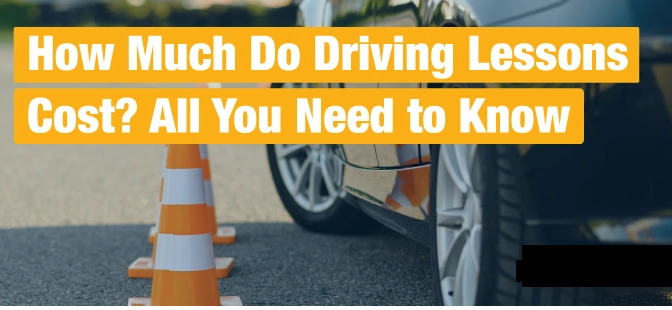Learning to drive is a crucial skill that opens up new opportunities and enhances independence. While the benefits are undeniable, the cost of driving lessons is a significant consideration for many individuals. In this detailed guide, we’ll delve into the various factors influencing the cost of driving lessons and provide insights into making informed decisions, including specific pricing details.
Cost Factors
Driving School Fees
One of the primary expenses is the fees charged by driving schools. On average, driving schools in Australia charge between $50 and $80 per hour. The total cost depends on the number of lessons required to become proficient.
Type of Instructor
The choice between a certified instructor and a trainee instructor often comes with differing costs. Certified instructors typically charge higher fees, ranging from $60 to $100 per hour, while trainee instructors may offer lower rates, around $50 to $80 per hour.
Location
Urban and rural areas may have different pricing structures. In metropolitan areas, where demand is higher, expect to pay slightly more. The average cost in urban regions ranges from $60 to $90 per hour, while in rural areas, it may be $50 to $80 per hour.
Additional Resources
Some schools include additional resources, such as practice materials or access to online learning platforms, which can impact the overall cost. These additional resources can add an extra $50 to $100 to the total expense.
Government Regulations
Licensing Requirements
Understanding the government’s licensing requirements and associated fees is crucial. In Australia, the cost of obtaining a learner’s permit is approximately $25, and the provisional license fee is around $150.
Package Deals
Comprehensive Driving Lesson Packages
Many driving schools offer package deals that can provide cost savings. A comprehensive package, including 10 to 20 lessons, may range from $500 to $1,500. These packages often come with additional benefits, such as a discounted rate per lesson.
Discounts and Offers
Keep an eye out for any discounts or special offers provided by driving schools, especially during promotional periods. Some schools may offer a free introductory lesson or provide discounts for bulk bookings.
Online vs. In-Person Lessons
Pros and Cons
Comparing the advantages and disadvantages of online versus in-person lessons can help determine which option aligns with both learning preferences and budget constraints.
Cost Implications
Online lessons may have different pricing structures, and evaluating these against traditional in-person lessons is essential. Online lessons typically range from $30 to $50 per hour, potentially making them a more cost-effective option.
Duration of Driving Courses
Standard Lesson Duration
Understanding the typical duration of driving courses helps in planning and budgeting. Different courses may have varying time commitments, with standard lessons lasting one to two hours.
Intensive Courses
For those in a hurry to obtain a license, intensive courses may be available, but they often come with higher costs. An intensive course, covering 20 to 30 hours, may range from $1,000 to $2,500.
Additional Costs
Examination Fees
Apart from lesson fees, examination fees are an additional cost that learners need to factor into their budget. Practical driving tests in Australia typically cost around $100 to $150.
Learning Materials
Books, software, or other learning materials may be necessary, and their costs can contribute to the overall expenses. Budget approximately $50 to $100 for learning materials.
Choosing the Right Driving School
Accreditation and Certification
Opting for a reputable driving school with proper accreditation ensures quality education and may impact future insurance rates. Accredited schools often charge slightly higher fees, but the investment can pay off in terms of skill development.
Reviews and Testimonials
Checking reviews and testimonials can provide insights into the experiences of other learners and help in making an informed decision. Look for schools with positive feedback on teaching methods and instructor professionalism.
Hidden Costs
Fine Print in Contracts
Reading the fine print in contracts is crucial to identify any hidden costs or conditions that may not be apparent initially. Some schools may have additional charges for rescheduling lessons or late cancellations.
Unforeseen Expenses
Consider potential unforeseen expenses and be prepared for unexpected costs that may arise during the learning process. Having a contingency fund can alleviate financial stress.
Conclusion
In conclusion, understanding the various factors influencing the costs of driving lessons is vital for making informed decisions. By considering these factors and planning ahead, learners can navigate the process more efficiently and economically.







